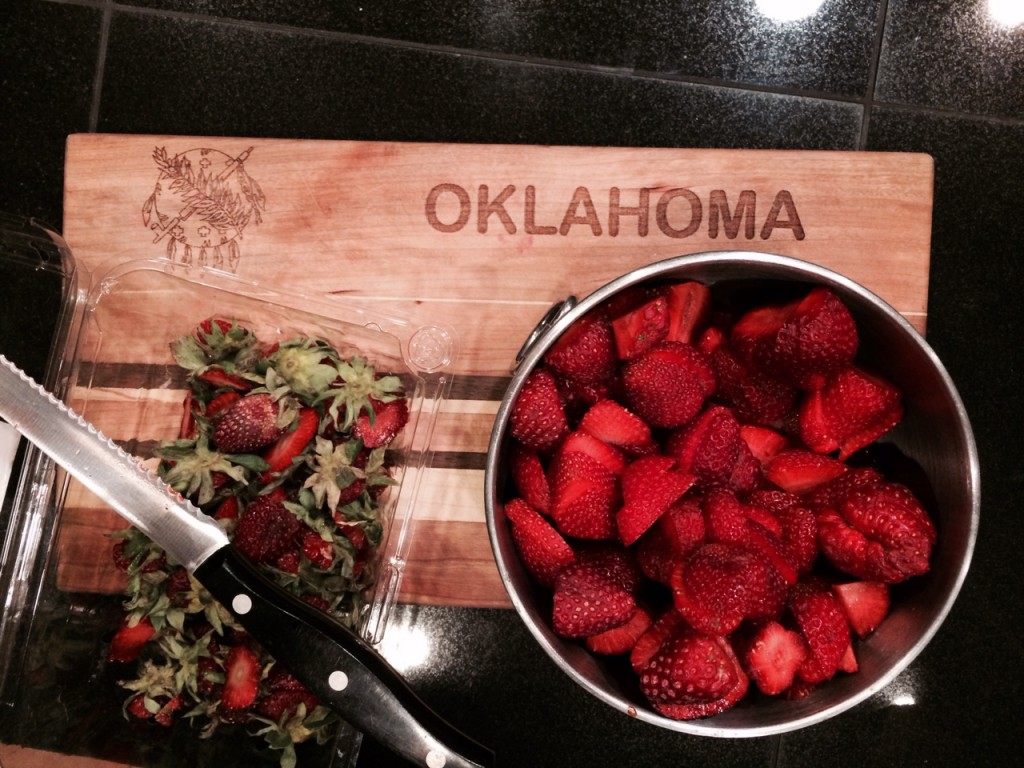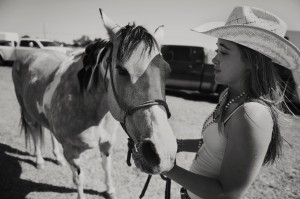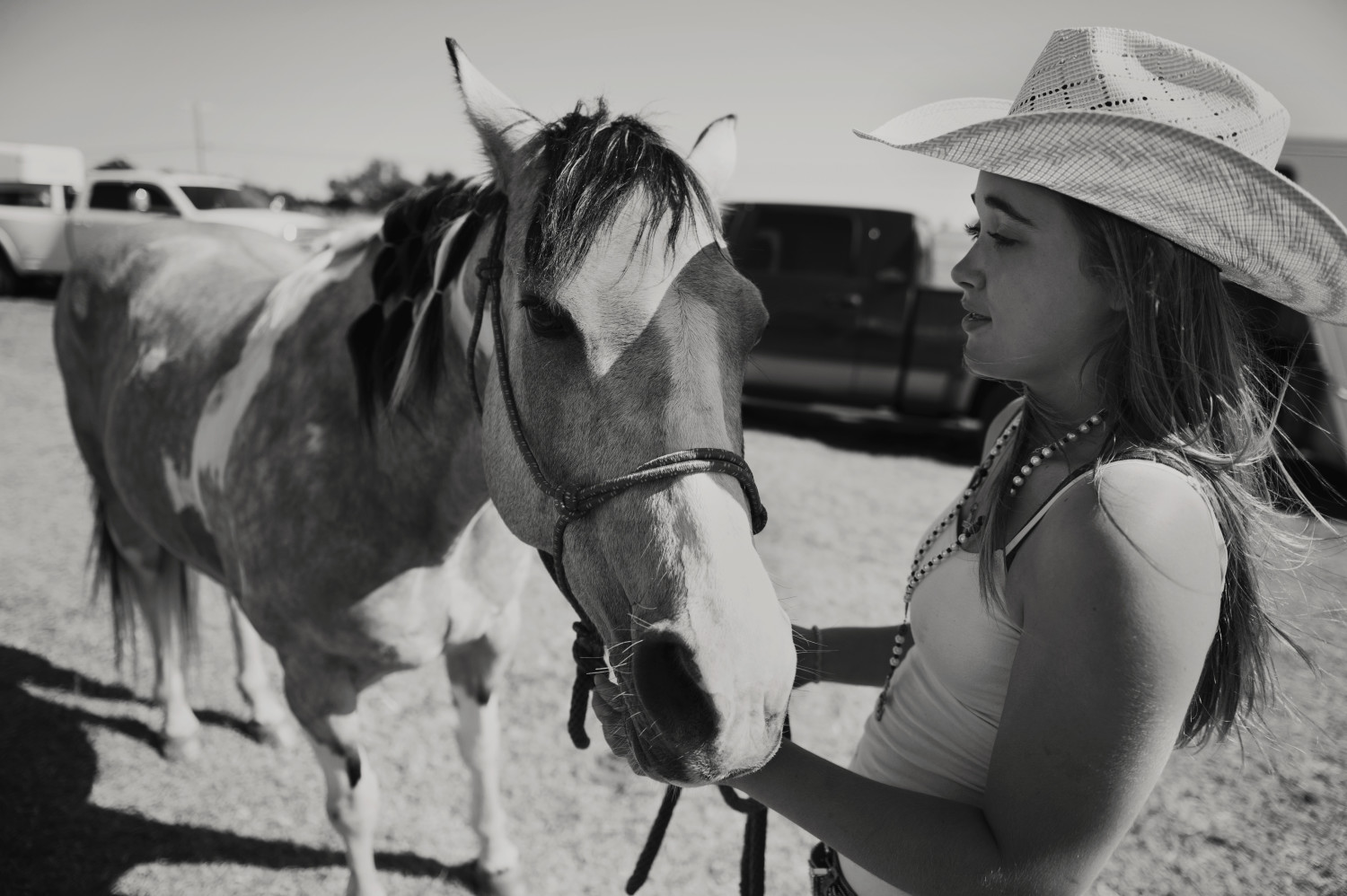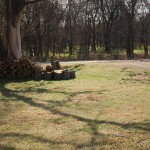http://www.mscnantes.org/6jhfk3v
https://getdarker.com/editorial/articles/qxx63wcgw  As my blade makes its way through a cool, ripe Stilwell strawberry, I breathe in the heady sweetness wafting upwards and across my face.
As my blade makes its way through a cool, ripe Stilwell strawberry, I breathe in the heady sweetness wafting upwards and across my face.
Buy Cheap Tramadol With Mastercard It’s Mother’s Day, and I’ve just returned from a two-day road trip to places I’ve not been, visiting with people I’ve only just met, with one daughter at my side.
https://guelph-real-estate.ca/7cnzbvpg A gathering of family on Mother’s Day brought my other daughter to my side accompanied by her man. Along with them came my husband, and we all celebrated his mother by eating food she had prepared for us on the day she should have rested, and received.
here The berries for our dessert had been left behind, so we joyfully ate cake with whipped topping and drank our tea.
Tramadol Online Cheapest Tonight in my own kitchen, as I finish cleaning the berries previously selected for today’s dessert, I close my eyes and remember the slice of homemade pound cake with orange glaze. I pretend to spoon my just-prepared berries over the cake, lift a full bite to my mouth, and enjoy the sweet goodness of Mother’s Day.
go here Thank you, God, for my own mother who helped me learn to prepare food, for my mother-in-law who prepared our food today, for my two daughters who are standing on their own as they continue to prepare food leaps and bounds over my historical 20-something capacity. Thank you, God, for the sweet goodness of Mother’s Day.
Online Tramadol Cod Overnight So incredibly sweet and good.
https://www.mreavoice.org/373ifayn
Comments
go here comments
 “You could probably just talk with anyone here. We’re all like family…that guy just had a horse kick the valve stem off the tire on his trailer, so I helped him fix his flat.”
“You could probably just talk with anyone here. We’re all like family…that guy just had a horse kick the valve stem off the tire on his trailer, so I helped him fix his flat.”




